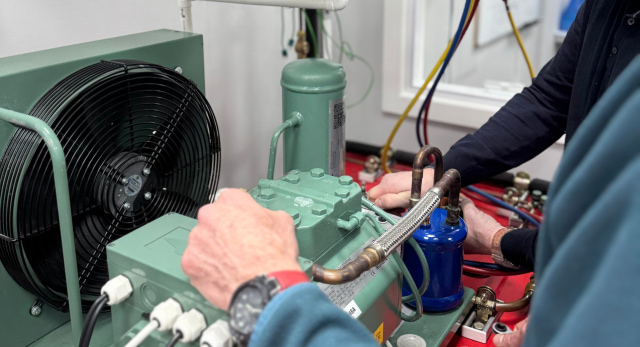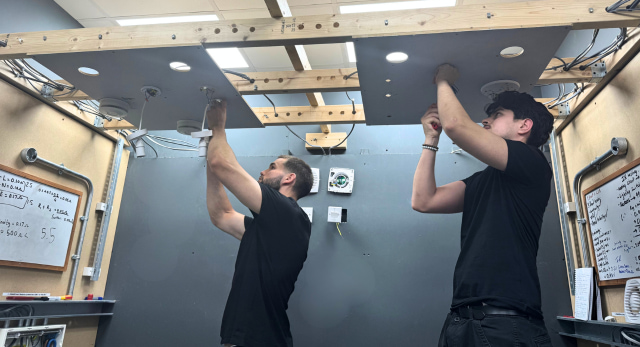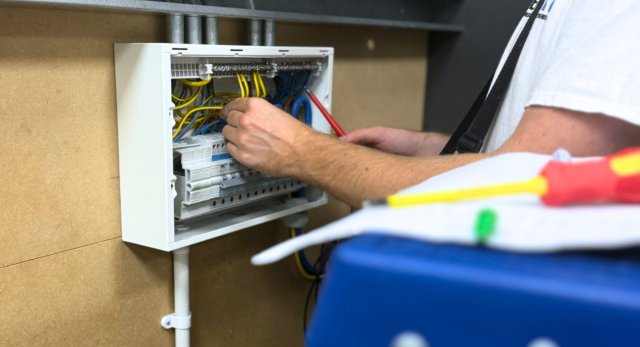F-Gas is short for fluorinated greenhouse gases. These are a group of man-made gases used in a variety of industrial and commercial applications, including refrigeration, air conditioning, heat pumps, insulation, fire protection, and even aerosol propellants. The main types you’ll come across are: Hydrofluorocarbons (HFCs) Perfluorocarbons (PFCs) Sulphur hexafluoride (SF₆) Of these, HFCs are by far the most common, making up around 90% of all F-Gases in circulation.
Why Were F-Gases Invented?
F-Gases were introduced as a replacement for ozone-depleting substances (ODS)-think CFCs and HCFCs-which were phased out after they were found to be munching holes in the ozone layer. F-Gases don’t deplete the ozone, but there’s a catch: they’re potent greenhouse gases, trapping heat in the atmosphere and contributing to global warming.
Where Are F-Gases Used?
You’ll find F-Gases in:
- Refrigeration units (from supermarket chillers to home fridges)
- Air conditioning systems (domestic, commercial, automotive)
- Heat pumps
- Fire protection systems
- Electrical insulation (think big power lines)
- Aerosol propellants
- Insulation foams
- Industrial processes (semiconductors)
If you work with any of the above, F-Gas is your business.
Why Are F-Gases a Big Deal?
Here’s the kicker: F-Gases are seriously effective at trapping heat. Their impact on climate change is measured by something called Global Warming Potential (GWP). For comparison:
- Carbon dioxide (CO₂): GWP of 1
- Sulphur hexafluoride (SF₆): GWP of 24,300
Even in small quantities, F-Gases can have a massive warming effect. Some can persist in the atmosphere for centuries, making their environmental impact long-lasting and significant.
F-Gas Legislation: The UK & Europe
The F-Gas Regulations
The original F-Gas Regulation was adopted by the EU in 2006, with a major update in 2015. The main goal? To phase down the use of high-GWP F-Gases by 79% (compared to 2015 levels) by 2030. This isn’t a total ban, but a gradual reduction to encourage the use of lower-impact alternatives.
Key Points:
- Phasedown, not ban: The aim is to reduce emissions, not eliminate F-Gases overnight.
- Product bans: Certain high-GWP F-Gases are banned in new equipment.
- Leak checks: Regular inspections for systems containing F-Gases.
- Record-keeping: Details of F-Gas use, servicing, and recovery must be logged.
- Certification: Only qualified personnel can handle F-Gases.
UK-Specific Changes
Post-Brexit, the UK has its own F-Gas regulations, closely mirroring the EU’s but with some flexibility. The UK government has announced plans to reform the current F-Gas laws, with proposals expected to be introduced by the end of 2024 and anticipated to come into effect from January 2025. However, as of early May 2025, these reforms have not yet been formally enacted. The UK is preparing for significant updates, but the exact legal changes are still pending.
The UK review may take a more measured approach compared to the EU, focusing on realistic timelines and aligning with global targets, but the official legislation is still in the process of being finalised. Expect further changes, especially around training and the use of alternative refrigerants.
Alternatives to F-Gases
With the push to lower emissions, the industry is moving towards refrigerants with lower GWPs. These include:
- Hydrofluoroolefins (HFOs): e.g., R1234ze, R1234yf
- Lower-GWP HFCs: e.g., R32
- Natural refrigerants: Carbon dioxide (CO₂), propane, ammonia
Manufacturers are rolling out new systems and retrofits to accommodate these alternatives, but training is essential. Some alternatives are flammable or require different handling procedures.
F-Gas in the Trades: What Does It Mean for You?
If you install, service, maintain, or decommission refrigeration, air conditioning, or heat pump systems, you must be F-Gas certified. This is a legal requirement, not just a “nice to have”.
Who Needs F-Gas Certification?
Refrigeration engineers, air conditioning installers, heat pump technicians, Supervisors and designers working with F-Gas systems all need F-Gas qualifications. Even if you’re just handling the paperwork or overseeing projects, understanding F-Gas regulations is vital.
It is important to note that not all heat pump engineers need to be F-Gas qualified. Depending on the work heat pump engineers are carrying out, it might not be needed. For instance, if you are installing split air source heat pumps, you may need F-Gas certification because the outdoor and indoor units have to be connected on-site with refrigerant pipework.
However, many installers choose to subcontract this part of the job to someone else who is suitably qualified. If you are working with refrigeration or stationary air conditioning and heat pump systems for other businesses, your company must have certification from an accredited organisation, and individuals must have personal qualifications to work with F-gases.
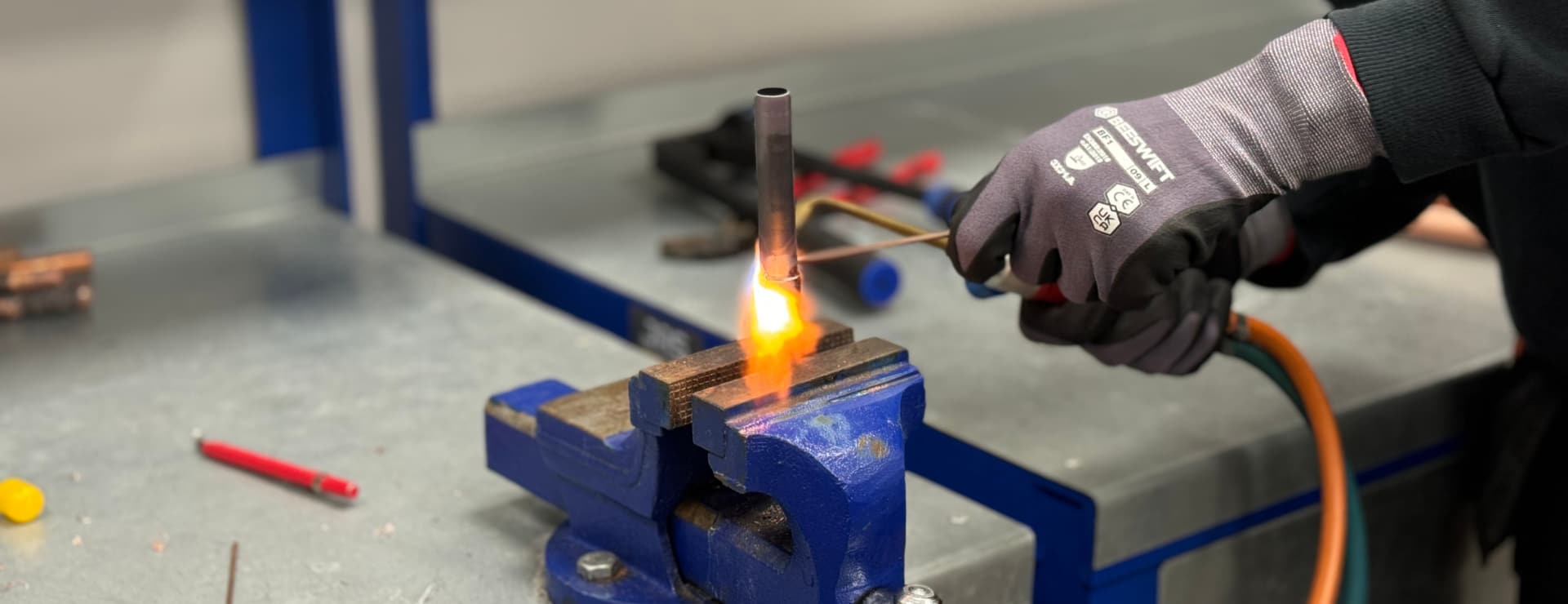
What Does F-Gas Training Cover?
A solid F-Gas course will teach you:
- The basics of refrigeration and air conditioning cycles
- How to safely handle, recover, and charge F-Gases
- Leak detection and record-keeping
- Environmental impact and legal obligations
- Alternatives to F-Gases and safe working practices
Looking to get certified? Check out Logic4training’s Basic F-Gas Refrigeration training course, which is ideal for new engineers or as a refresher before taking the Level 3 F-Gas Category 1 course.
F-Gas Certification: The Essentials
Why Do I Need Certification?
It’s the law. Only certified individuals and companies can legally work with F-Gases. This ensures safe handling, reduces emissions, and keeps you (and the environment) protected.
How Do I Get Certified?
- Take a recognised F-Gas training course (like those offered by Logic4training).
- Pass the assessment (theory and practical).
- Register with an approved certification body (e.g., REFCOM, F-Gas Register).
F-Gas Certification Categories: Understanding the Levels
When it comes to F-Gas certification, not all qualifications are created equal. The UK system divides F-Gas handling into four distinct categories, each covering different activities and responsibilities. Understanding which category you need is essential for legal compliance and professional development.
Category 1 (Level 3)
This is the most comprehensive certification level, allowing you to:
- Install, maintain and service systems of any size
- Recover refrigerant from any system
- Decommission equipment of any size
- Conduct leakage checks on all systems
- Perform all activities covered in Categories 2-4
Category 1 is the gold standard for RACHP (Refrigeration, Air Conditioning and Heat Pump) engineers who need to work across a wide range of systems. If you’re serious about your career in refrigeration or air conditioning, this is the qualification to aim for.
Logic4training’s F-Gas Training Course (LCL Level 3 RQF) covers Category 1 certification, developed in partnership with industry experts to ensure you receive the most comprehensive training available.
Category 2 (Level 3)
Category 2 certification allows you to:
- Install, maintain and service systems containing less than 5 tonnes of CO₂ equivalent (CO₂e)
- Recover refrigerant from smaller systems
- Conduct leakage checks on smaller systems
- Decommission smaller equipment
This category is suitable for engineers who primarily work with smaller domestic or light commercial systems.
Category 3 (Level 2)
This more limited certification covers:
- Recovery of refrigerant from systems containing less than 3kg of F-Gas
- Basic handling procedures
- Category 3 is appropriate for those who only need to recover refrigerant during decommissioning or disposal of smaller systems.
Category 4
The most basic level of certification, Category 4 allows you to:
- Check equipment for leaks
- Perform basic inspections
Importantly, Category 4 certification does not permit breaking into the refrigeration circuit. This level is suitable for those who need to conduct routine inspections but won’t be servicing or maintaining the systems.
Choosing the Right Category
When deciding which certification to pursue, consider:
- The types of systems you work with regularly
- The size of equipment you handle
- Your career aspirations
- Your employer’s requirements
For most professionals, Category 1 offers the greatest flexibility and career opportunities, allowing you to work on any system without restriction. However, if your work is more specialised, a more focused certification may be sufficient.
Remember that working beyond the scope of your certification is not just unprofessional. It’s illegal. Always ensure you have the appropriate qualification for the task at hand.
What Happens if I Don’t Have Certification?
Working without F-Gas certification is a criminal offence. Penalties include hefty fines and even prosecution. Don’t risk your reputation (or your wallet).
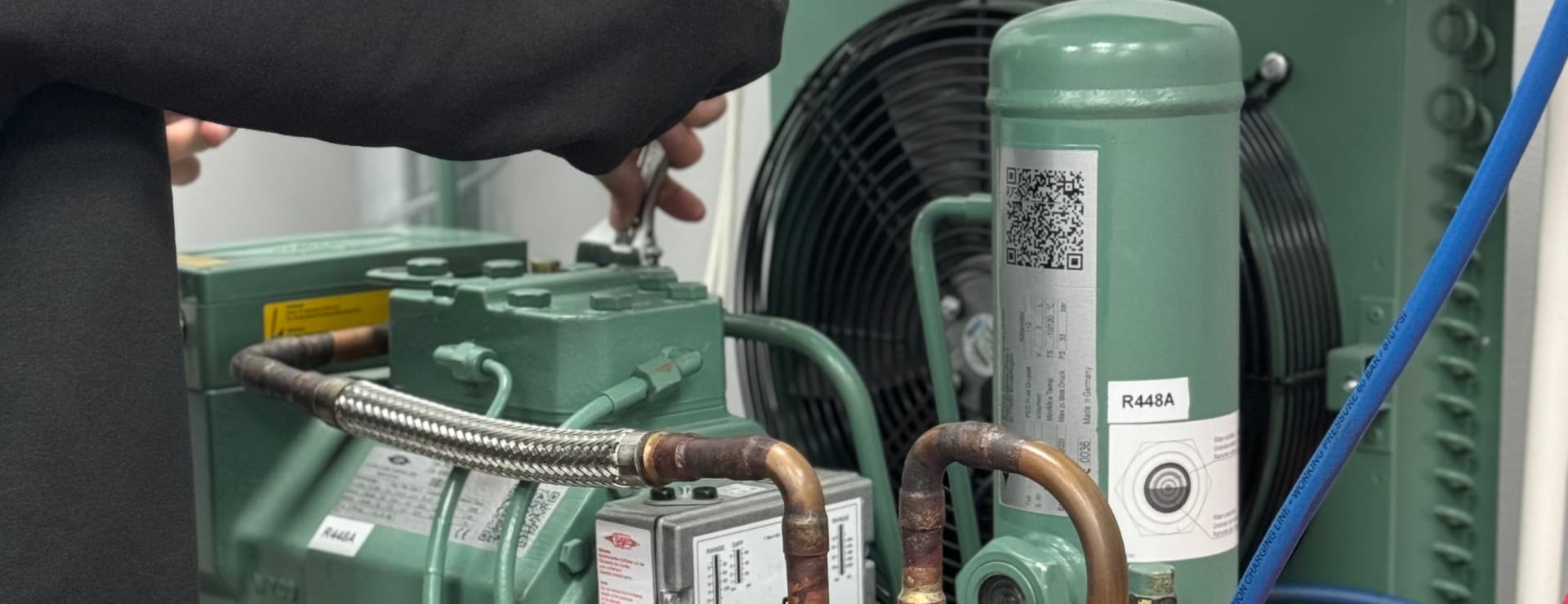
The Future of F-Gas: What’s Next?
The F-Gas landscape is changing fast. With stricter quotas, new product bans, and the rise of alternative refrigerants, staying up to date is more important than ever. The UK is set to review its regulations, possibly expanding them to cover all refrigerants, not just F-Gases. This could mean mandatory training for a wider range of engineers and more opportunities for upskilling.
How to Stay Compliant (and Ahead of the Curve)
- Get certified: Don’t leave it to chance! Book your F-Gas course with Logic4training.
- Keep records: Log all F-Gas handling, servicing, and leak checks.
- Stay informed: Regulations are evolving. Subscribe to industry updates and check out Logic4training’s blog for the latest news.
- Embrace alternatives: Learn about new refrigerants and safe handling practices.
- Keep your qualification up-to-date: Renew your F-Gas qualification every 5 years.
FAQs
What exactly is F-Gas?
F-Gas refers to fluorinated greenhouse gases are man-made chemicals used in refrigeration, air conditioning, heat pumps, and more. They’re potent greenhouse gases, so their use is tightly regulated.
Do I need F-Gas certification to work with air conditioning?
Yes. If you install, service, or decommission systems containing F-Gases, you must be certified. It’s a legal requirement.
What are the penalties for non-compliance?
Working without certification can result in fines and prosecution. Don’t risk it-get trained and certified.
Are there alternatives to F-Gases?
Absolutely. Lower-GWP refrigerants like HFOs, R32, CO₂, propane, and ammonia are increasingly used as alternatives. Training is essential for safe handling.
Where can I get F-Gas training?
Logic4training offers a Basic F-Gas Refrigeration training course as well as a level 3 F-Gas training course to get you certified and compliant.
Ready to future-proof your career?
Get F-Gas certified with Logic4training and stay ahead in the ever-evolving world of HVAC and refrigeration. For more information, please contact us.
